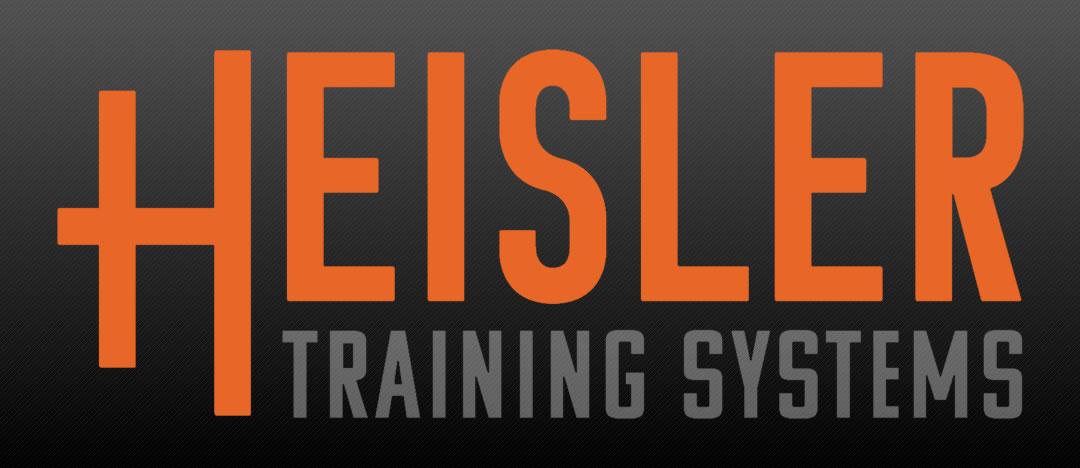|
You want to be a fully inflated basketball; not a partially inflated, sad, half bounce basketball that no one wants to play with.
Fully inflated basketballs bounce effortlessly off the ground when slammed or dropped. Half inflated basketballs will not bounce as high or as rapidly off the ground as their fully inflated brothers and sisters. If you want to jump high and sprint fast, your body needs to be a fully inflated ball.
The girls that run the fastest and the guys who jump the highest have stiff muscles and tendons that store and release energy rapidly and effectively. A body that lacks this stiffness will need to spend more time loading up to jump and will take a tenths of a second longer to apply force to the ground when sprinting. In sports, every second counts so you need to be more like the fully inflated basketball.
Plyometric training is a very effective way of developing this stiffness. Plyometric exercise is a series of jumps where the ground contact time, the time in between jumps when the feet are on the ground, is very, very, very short. The feet hit the ground, rapidly apply force and are right back off the ground in a fraction of a second. Hurdle jumps and depth jumps are two of my favorites for developing muscle stiffness.
This type of training is very hard on the body and should only be performed by athletes with at least a full year of strength training and jump training. My athletes follow a simple progression of jumps with a long contact time in the early stages of training moving to jumps with a medium contact time as the training progresses, finally moving into plyometric training as the athlete shows adequate strength and jumping ability. If you move too quickly into plyometric training, injury to the ankles and/or knees is possible. I cannot stress enough the importance of progressing slowly into this type of training. For this reason, I would not use plyometric training with middle school athletes.
Once you can safely begin using plyometric training, you must keep the quality of each jump high. Jumps over a 10 inch hurdle is much less stressful and can be repeated over a higher number of total jumps than jumps over a 30 inch hurdle. When your ground contact time starts creeping up, it’s time to end the set. Quality is much more important than quantity in plyometric training. I would perform 1 plyometric exercise per session for 1 to 2 sessions per week. After 3 weeks I would change up the emphasis, moving back to jumps with a longer contact time in order to prevent diminishing returns.
If you take the time to lift and sprint but your speed has plateaued a bit, you might be lacking some stiffness in the right muscles and tendons. Utilizing plyometric training can help build take you from that underinflated ball with no friends to the explosive ball that everyone loves!
|



